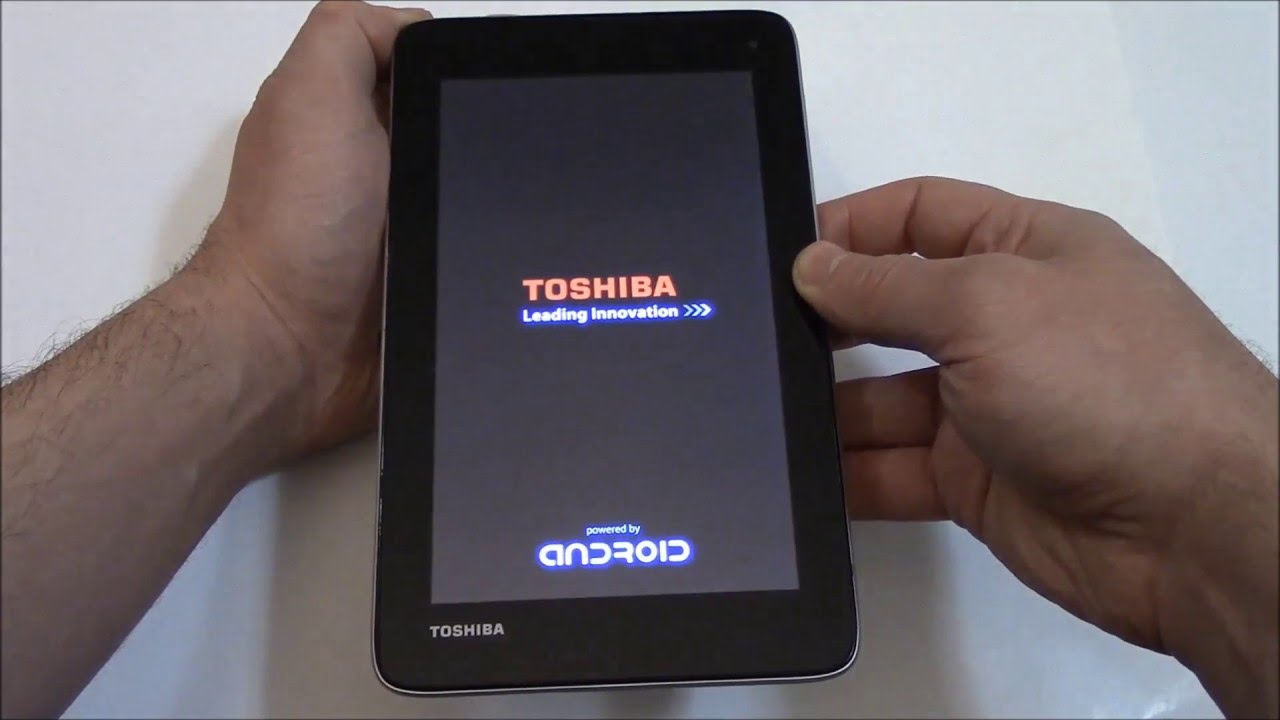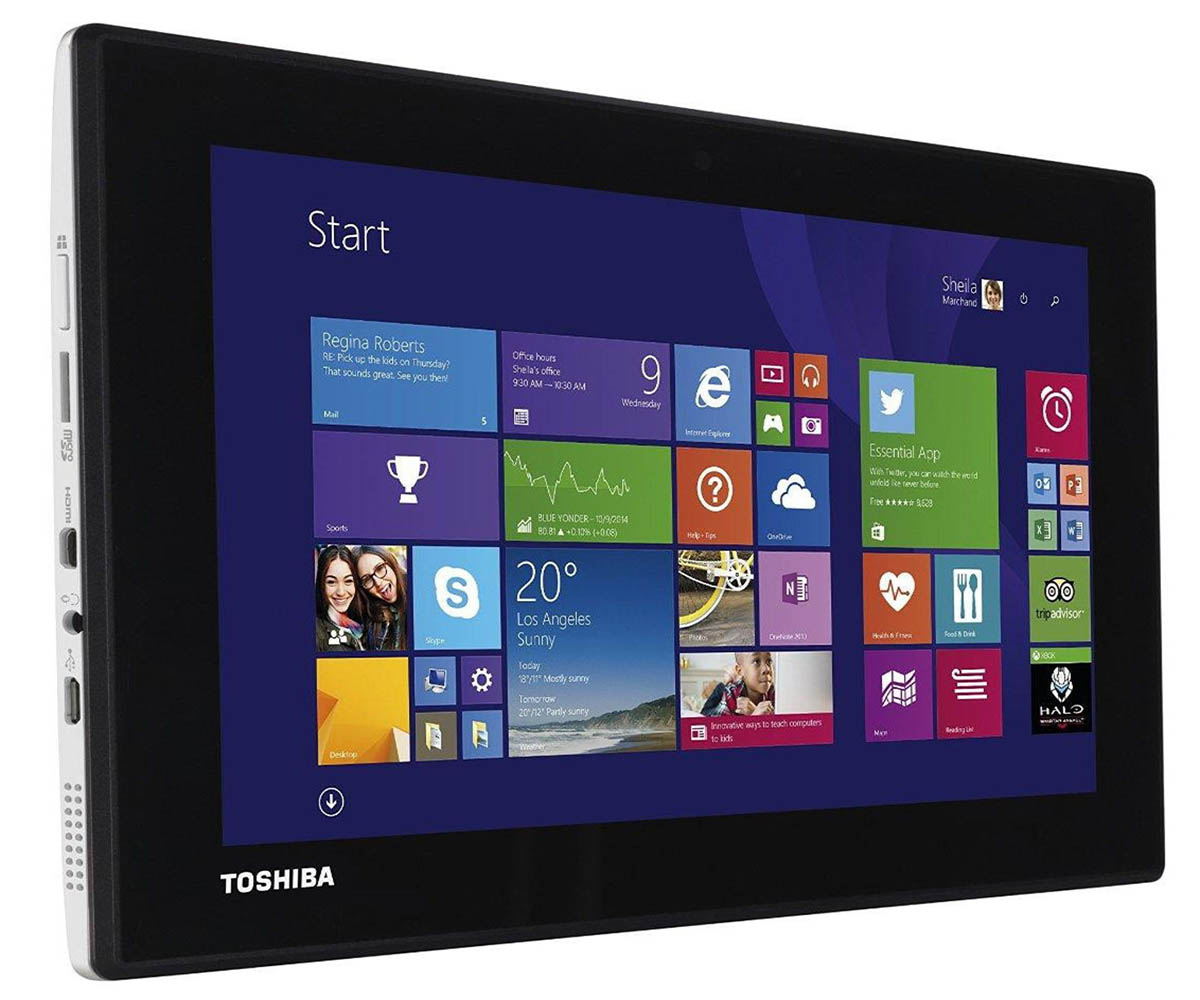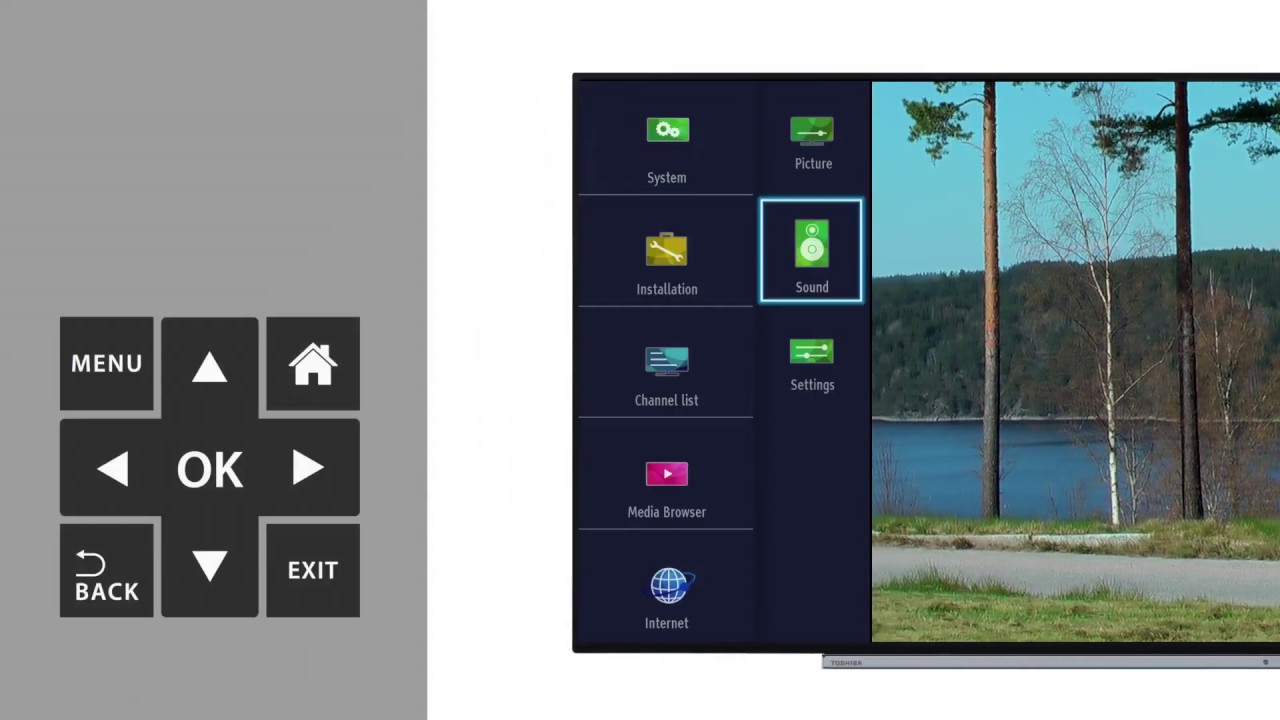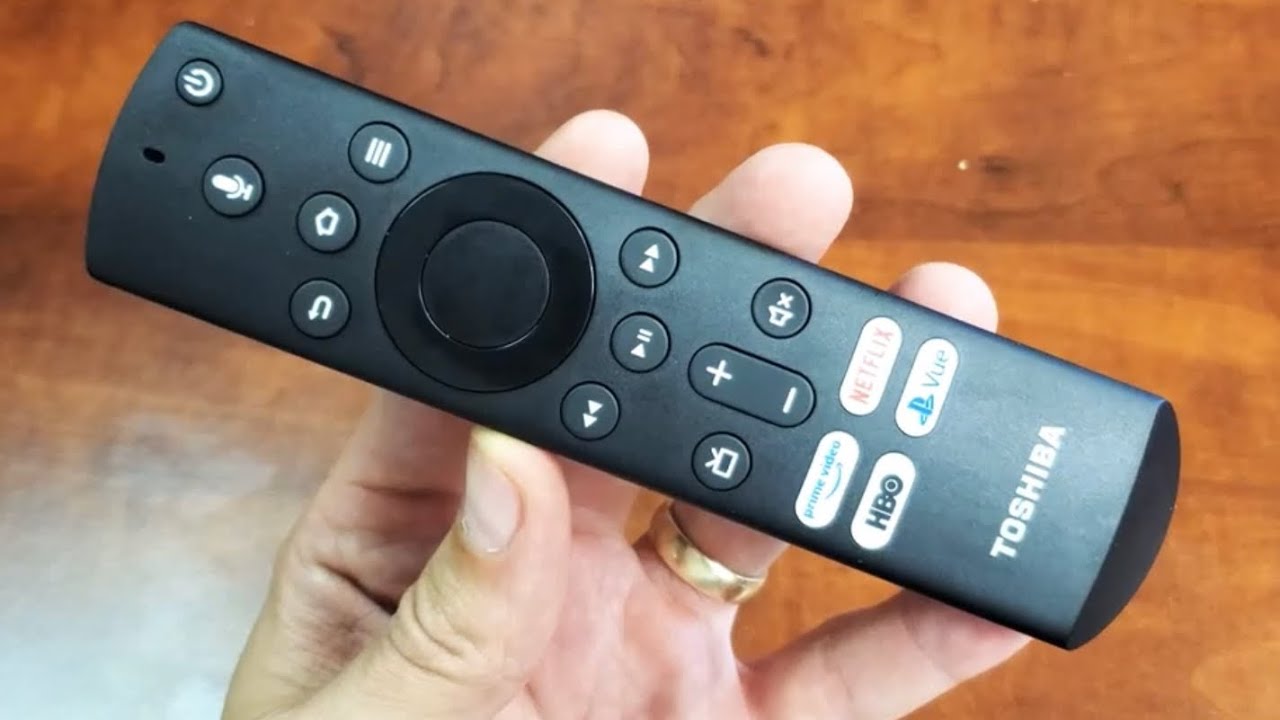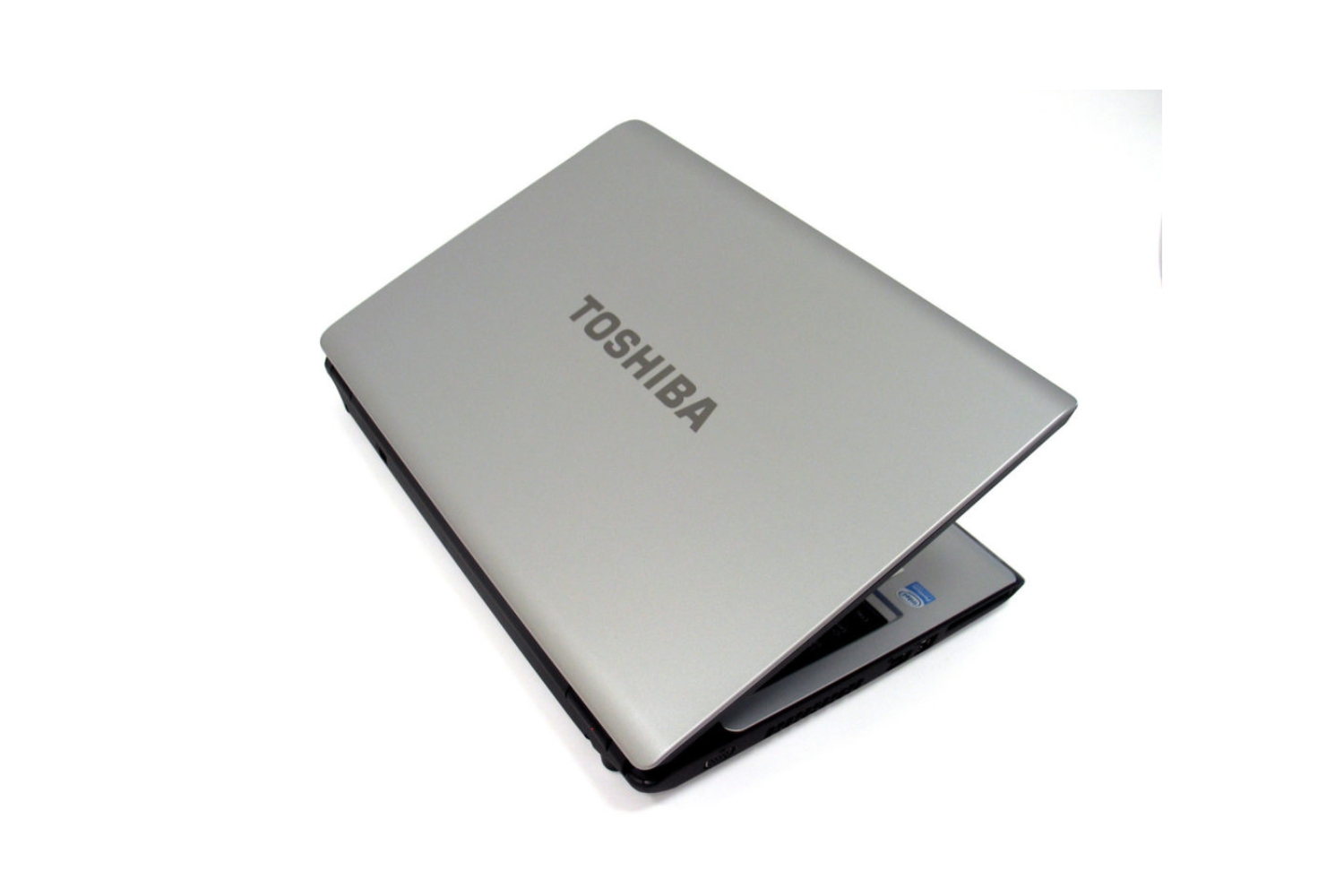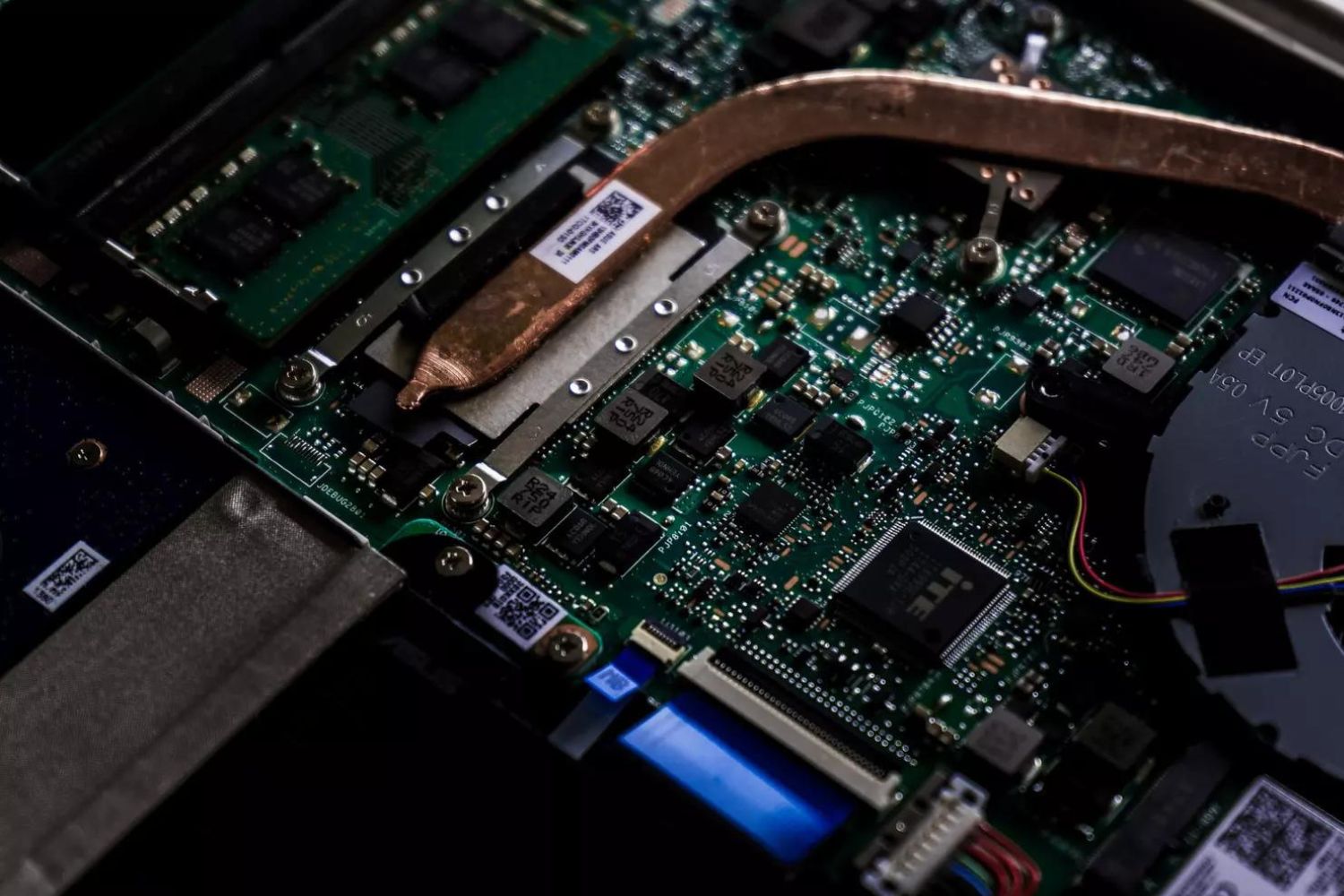Reasons to Reset Your Toshiba Tablet
Resetting your Toshiba Tablet can be a useful troubleshooting technique, as well as a way to restore its performance and functionality. Whether you’re encountering software glitches or simply want to start fresh, a reset can help resolve various issues. Here are a few common reasons why you might consider resetting your Toshiba Tablet:
- Software issues: Over time, your tablet may experience sluggishness, freezing, or unresponsive apps. These problems can often be resolved by resetting the device, as it clears temporary files and resets system settings.
- App conflicts: Installing multiple apps on your tablet can sometimes lead to conflicts, causing performance issues or crashes. Resetting your tablet can help resolve these conflicts and provide a fresh start for your apps.
- Security concerns: If you suspect that your tablet has been compromised by malware or viruses, a reset can help remove any malicious software and protect your personal information.
- Privacy concerns: Before selling or giving away your Toshiba Tablet, you may want to reset it to ensure that all your personal data is removed. This helps protect your privacy and prevent unauthorized access to sensitive information.
- Forgotten password: If you’ve forgotten your tablet’s password and are unable to access your device, performing a reset allows you to regain control and set a new password.
Remember, before proceeding with a reset, it’s essential to back up your data to avoid losing any important files or settings. Once you’ve determined the reason for resetting your Toshiba Tablet and backed up your data, you can proceed with the appropriate reset method.
Back up Your Data
Before you proceed with resetting your Toshiba Tablet, it’s crucial to back up your data to ensure that you don’t lose any valuable information. Here are some steps you can follow to back up your data:
- Cloud storage: One of the easiest and most convenient ways to back up your data is by using cloud storage services such as Google Drive, Dropbox, or iCloud. These services allow you to upload your files to the cloud, ensuring that they are securely stored and accessible from any device.
- External storage: If you prefer keeping your data locally, you can use external storage devices like USB flash drives or external hard drives to back up your files. Connect the device to your tablet and transfer the important files manually.
- Syncing with a computer: Another option is to connect your Toshiba Tablet to a computer and sync your files. You can use software like iTunes or Windows File Explorer to transfer files between your tablet and computer.
- Transfer to an SD card: If your Toshiba Tablet has an SD card slot, you can transfer your important files to an SD card. This option is especially useful if you have a large amount of data to back up.
Make sure to back up not only your documents and media files but also any app data and settings that you want to retain. This will ensure a smooth transition when you reset your tablet.
Take the time to double-check your backup to ensure that all your important files are securely stored. Once you’re confident that your data is safely backed up, you can proceed with the reset methods to restore your Toshiba Tablet’s performance and address any issues you’re experiencing.
Method 1: Soft Reset
If you’re facing minor software glitches or unresponsive apps on your Toshiba Tablet, performing a soft reset can often resolve these issues. A soft reset is a simple restart of your device that clears temporary files and refreshes the system. Here’s how you can perform a soft reset on your Toshiba Tablet:
- Step 1: Start by holding down the Power button on your tablet until a menu appears on the screen.
- Step 2: From the menu options, select the “Restart” or “Reboot” option.
- Step 3: Once you’ve selected the restart option, your tablet will begin the reboot process. Wait for it to shut down and start up again.
- Step 4: After the tablet has restarted, check if the issues you were facing have been resolved. Often, a soft reset can fix minor software glitches and restore normal functioning.
A soft reset is a quick and simple method to try before moving on to more advanced troubleshooting steps. It’s a non-intrusive way to refresh your tablet’s system and resolve minor issues without affecting your personal data or settings. However, if the problem persists after a soft reset, you may need to consider a more comprehensive solution like a hard reset, which will be discussed in the next section.
Method 2: Hard Reset
If you’re experiencing persistent issues with your Toshiba Tablet that cannot be resolved with a soft reset, a hard reset may be necessary. A hard reset restores your tablet to its factory settings, effectively erasing all data and settings. Before proceeding with a hard reset, ensure that you have backed up all your important files and data. Here’s how you can perform a hard reset on your Toshiba Tablet:
- Step 1: Begin by turning off your tablet completely. You can do this by pressing and holding the Power button until the power options appear, then select “Power off” or “Shutdown.”
- Step 2: Once the tablet is powered off, press and hold the Volume Up button and the Power button simultaneously.
- Step 3: Continue holding the buttons until the Toshiba logo appears on the screen, then release them.
- Step 4: On the Recovery Mode screen, use the Volume Down button to navigate through the options and select “Wipe data/factory reset” or a similar option.
- Step 5: Confirm the reset by selecting “Yes” or “Wipe data” when prompted.
- Step 6: Wait for the reset process to complete. This may take a few minutes.
- Step 7: Once the reset is finished, the device will reboot and take you to the initial setup screen. Follow the on-screen instructions to set up your tablet again.
It’s important to note that a hard reset will erase all data on your tablet, so make sure you have a backup before proceeding. This method is typically used as a last resort when all other troubleshooting options have failed. After performing a hard reset, your tablet will be restored to its original factory settings, and any software or app-related issues should be resolved.
If you’re still experiencing problems after a hard reset, it may be necessary to contact customer support for further assistance or consider professional repair options.
Troubleshooting Common Issues
Even after performing a soft reset or a hard reset on your Toshiba Tablet, you may still encounter some common issues. Here are a few troubleshooting tips to help you address these problems:
- Slow performance: If your tablet is running sluggishly, try clearing the cache files for individual apps or all apps through the settings menu. You can also uninstall unnecessary apps or free up storage space to improve performance.
- Wi-Fi connectivity problems: If you’re having trouble connecting to Wi-Fi networks, try restarting your router and resetting network settings on your tablet. Also, make sure that your tablet’s Wi-Fi is turned on and within range of the network.
- Unresponsive touchscreen: If the touchscreen isn’t responding properly, clean it gently with a microfiber cloth and make sure your hands are clean and dry. If the issue persists, a hardware problem may be the cause, and you may need to contact customer support for assistance.
- Battery draining quickly: If your tablet’s battery is running out too quickly, check for battery-draining apps in the settings and close any unnecessary background processes. Adjusting screen brightness, turning off push notifications, and disabling unused connectivity features can also help conserve battery life.
- App crashes: If specific apps are crashing frequently, try updating them to the latest version or uninstalling and reinstalling them. Clearing the app cache or app data through the settings may also resolve the issue.
- System update issues: If you’re experiencing problems with system updates, make sure you have a stable internet connection and sufficient storage space. If the update fails repeatedly, you may need to perform a hard reset or contact customer support for assistance.
Remember that troubleshooting methods may vary depending on the model and operating system of your Toshiba Tablet. It’s always helpful to consult the user manual or visit the Toshiba support website for specific guidance.
If the problems persist despite troubleshooting efforts, it’s advisable to seek professional help from an authorized service center or contact Toshiba customer support for further assistance in resolving the issues.
Conclusion
Resetting your Toshiba Tablet can be a valuable troubleshooting technique to address software issues, app conflicts, security concerns, privacy concerns, and forgotten passwords. By performing a soft reset or a hard reset, you can restore your tablet’s performance and functionality.
Before resetting your tablet, remember to back up your data using cloud storage, external storage devices, syncing with a computer, or transferring files to an SD card. This will ensure that your important files and settings are securely stored and easily accessible after the reset.
A soft reset is the first step to try when facing minor software glitches or unresponsive apps. If the issues persist or if you need to return your tablet to its original factory settings, a hard reset can be performed. However, be aware that a hard reset erases all data on your tablet, so it’s crucial to have a backup before proceeding.
If you continue experiencing problems after a reset, troubleshooting common issues like slow performance, Wi-Fi connectivity problems, unresponsive touchscreen, battery draining quickly, app crashes, and system update issues can help resolve the problem.
Remember to consult the user manual or visit the Toshiba support website for specific guidance based on your tablet model and operating system.
If you’re unable to resolve the issues on your own, don’t hesitate to seek professional help from authorized service centers or contact Toshiba customer support for further assistance.









